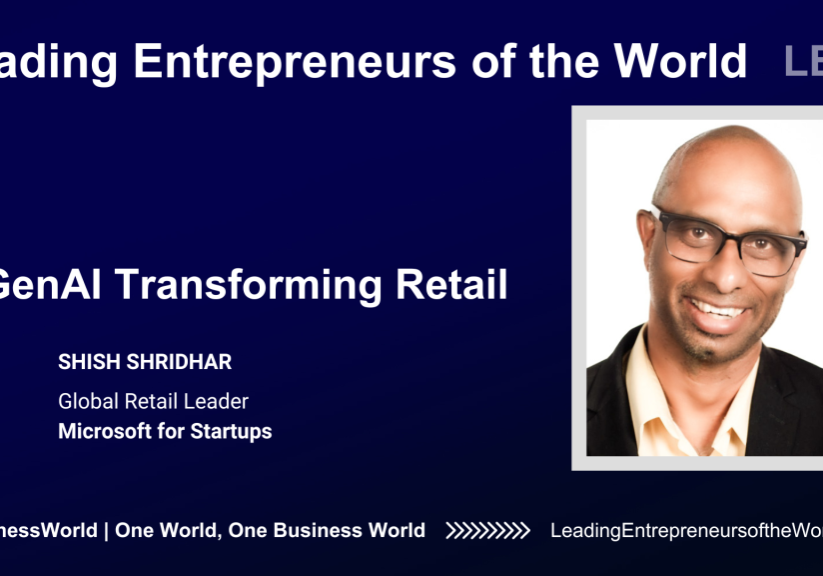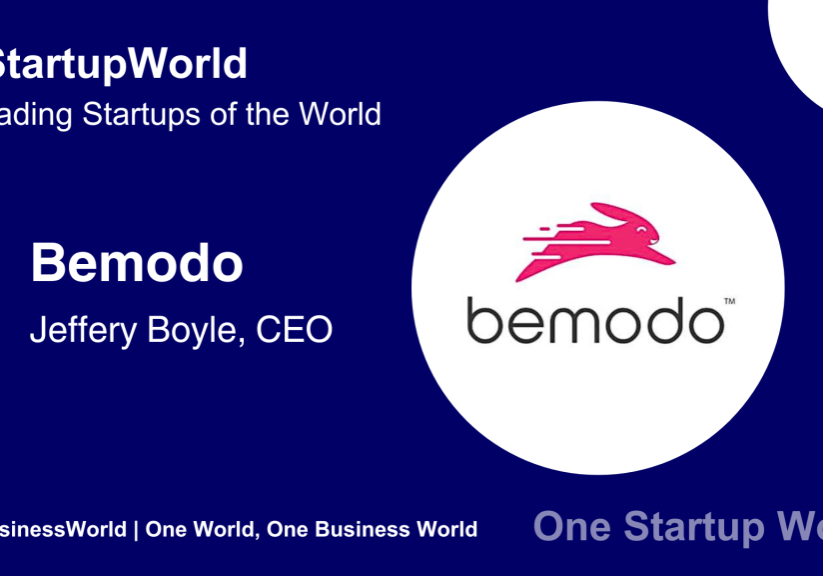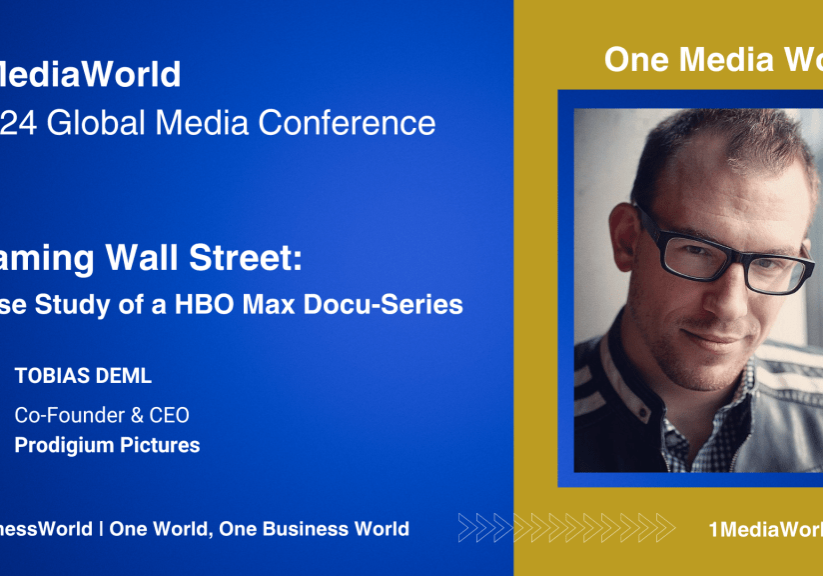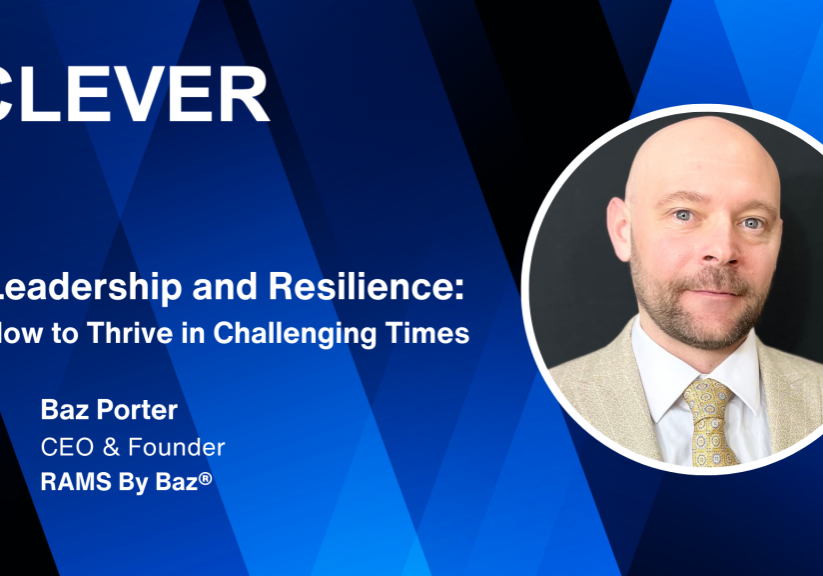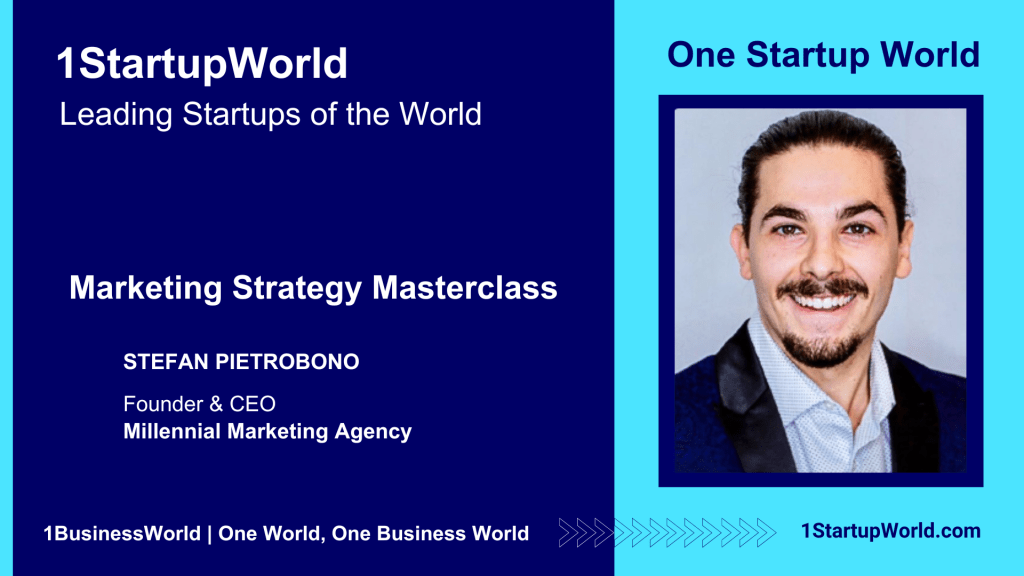
The soap opera also known as the largest deal in luxury, the LVMH Moët Hennessy Louis Vuitton-Tiffany acquisition, finally has a happy ending.
The two companies originally announced their synergistic engagement in November 2019 only to later engage in months of public mudslinging after the pandemic hit the luxury market and LVMH’s commitment turned wobbly. But on Thursday they said they had agreed to new terms. LVMH will acquire Tiffany for $131.50 a share, $3.50 less than the original price but $1.50 more than Tiffany’s reported bottom line. That will save Bernard Arnault, the chairman of LVMH, and his shareholders the relatively low amount of $420 million off the original $16.2 billion price and it will keep Tiffany from being left to fend for itself in an uncertain luxury environment.
It has been a drama-filled relationship, however, beginning in September when LVMH went public with the news that the French government — the government! — had asked it to wait on closing the deal.
Tiffany charged delaying tactics. LVMH accused Tiffany of being a “mismanaged business that over the first half of 2020 hemorrhaged cash.” Tiffany shot back that “LVMH’s specious arguments are yet another blatant attempt to evade its contractual obligation to pay the agreed-upon price for Tiffany.” Tiffany filed suit in Delaware court for breach of obligations. LVMH countersued, saying the damage to Tiffany in 2020 meant it was no longer the same company it had agreed to acquire. Luxury watchers looked on in slack-jawed astonishment.
But for anyone who has tracked Mr. Arnault over the last three and a half decades as he built the biggest luxury company in the world and became the richest man in Europe, the Tiffany mini-saga was not exactly a surprise.
Though he has crafted his 75-plus-brand empire largely by peaceful means, wooing families and seizing opportunities, Mr. Arnault has engaged in such high-profile public battles at least three times before. Extremely competitive, unafraid of a fight and undaunted by public opprobrium, he did not always emerge with the brand he wanted — though he always made money, solidifying his reputation as the Sun Tzu of luxury.
The Wolf in Cashmere
Mr. Arnault’s journey to the pinnacle of luxury began with one of the biggest and most vituperative boardroom battles France had ever seen, in a nation where it was long considered unseemly to show naked ambition.
In 1984, Mr. Arnault, then a young real estate developer, heard that the French government was set to choose someone to take over the Boussac empire, a textile and retail conglomerate that happened to own Christian Dior. Mr. Arnault had just returned from the United States, where his neighbor in Westchester County was John Kluge, who made billions by taking his company Metromedia private and then liquidating it. Mr. Arnault had also closely watched the success the investment firm KKR had with its aggressive leveraged buyouts. With that in mind, Mr. Arnault won the bidding war for Boussac, buying the group for a symbolic one franc. He then acquired a nickname — “The Terminator” — after he laid off 9,000 workers in two years and offloaded most of the group’s assets, with the exception of Dior.
A flurry of new nicknames — the Wolf in Cashmere, the Machiavelli of finance — came in 1989, when Mr. Arnault stormed the LVMH citadel, two years after the merger between the fashion house Louis Vuitton and the Champagne and cognac producer Moët Hennessy.
LVMH had been created on the premise that the combined group would be too large for a hostile raider. Instead, the siege came from within. Mr. Arnault, who had invested in the business in 1988, had a divergent vision from Henry Racamier, Louis Vuitton’s revered septuagenarian president, and ultimately turned on the executive, stripping him of his power and ousting him from the board. The French press was aghast but a pattern had been established.
“He’s not a gambler; he’s a strategist,” said a luxury executive, who spoke on the condition of anonymity because he was not authorized to discuss Mr. Arnault. “His approach is not unusual in the M&A game — it’s just unusual in this industry. He acquires brands the Wall Street way, but then he holds them. He thinks in generational terms.”
The War of the Sharks
In 1999 Mr. Arnault turned his eyes to another prize: Gucci, the Italian leather goods company then run by Tom Ford and Domenico De Sole. He quietly amassed a 5 percent stake before what Vanity Fair called “an Ali-Frazier fight for the recherché set” broke out.
Gucci called it a “creeping takeover.” Mr. Arnault upped his stake to 15 percent, then 27, then 34.4 — all while insisting he wanted to be a supportive and passive partner. The two sides finally agreed that in return for board representation, Mr. Arnault would freeze his stake. Mr. De Sole faxed him the paperwork. It came back unsigned. Then the guerrilla warfare began.
Mr. De Sole discovered a loophole that allowed him to issue shares with only board approval, and for every share LVMH bought, he created more for his employees, diluting Mr. Arnault’s stake. Then he agreed to sell 42 percent of the company to François Pinault of Pinault-Printemps-Redoute so he could “save” Gucci; LVMH sued in Dutch court, alleging mismanagement. Mr. De Sole announced his rival could “continue to torment us, but they’re not going to get very far.”
Then PPR filed a defamation suit in France, with Mr. De Sole accusing LVMH of “trashy, criminal behavior.” LVMH threatened to file a criminal defamation suit in response. The French media called it “La Guerre des Requins” or “the war of the sharks.” The New York Post called it “the bloodiest war in fashion.”
The fight dragged on into 2001, until finally, that September, they settled, and LVMH sold its shares — ultimately walking away with a $700 million profit.
“He was a really tough adversary,” said Mr. De Sole, now the chairman of Tom Ford International, who called the experience “brutal.” But afterward, he said, Mr. Arnault contacted Mr. De Sole through one of his bankers, and invited him to a private meeting, where he “was very rational and gracious.” The two are still in touch.
Handbags at Dawn
By 2013, Mr. Arnault had swept through much of Europe, snapping up bigger brands like Bulgari in 2011 and Loro Piana in 2013, as well as stakes in a slew of up-and-comers. But there was one long-term target that LVMH had coveted secretively for more than a decade: Hermès.
The super-luxe, wildly successful Parisian leather house is run by the sixth generation of its founding family, who have been fiercely protective of maintaining control. Although the company went public in 1993, the family retained a 78 percent stake.
In 2001, LVMH quietly bought an initial stake of 4.9 percent through subsidiaries, and continued to accumulate shares by buying equity derivatives through financial intermediaries, always in holdings below 5 percent. In October 2010, LVMH announced that it had acquired 14.2 percent of its rival. By December 2011, that had risen to 22.6 percent, prompting Patrick Thomas, then the Hermès chief executive, to react with a notoriously crude statement.
“If you want to seduce a beautiful woman, you don’t start by raping her from behind,” he said at a news conference, where he called on Mr. Arnault to reduce the LVMH holding to 10 percent in order to show that he was not intending a takeover attempt. Mr. Arnault did not, and in 2013 the LVMH stake in Hermès grew to 23.1 percent.
There was eventually a hearing before France’s stock market regulator, with Hermès claiming LVMH had built up its stake using a system that masked its true identity. The tit-for-tat legal battle gripped France, with LVMH again portrayed as the barbarian at the gate. In 2014, a French court ruled that LVMH had to sell down its stake and distribute its shares to investors. (Groupe Arnault, the largest shareholder in LVMH, retained an 8 percent position.)
Finally, in 2017, Mr. Arnault appeared to walk away swapping out the last Hermès shares as part of a wider corporate restructuring at LVMH, in part to help pay for the 25 percent of Dior that it did not already own. Dior minority investors could choose payment in cash or stock of Hermès, helping Mr. Arnault cash out without paying taxes on a sale. In the end, Groupe Arnault had $5 billion in profit.
“He’s not afraid of engaging in a fight, but it’s always with great calculation and a clear view of the long term,” said Serge Carreira, a lecturer at Sciences-Po in Paris. “He’s constantly evaluating the outcomes, and can put ego to the side in the service of the result.”
Consequently, said Mr. De Sole, “Even when he loses, he wins.”



